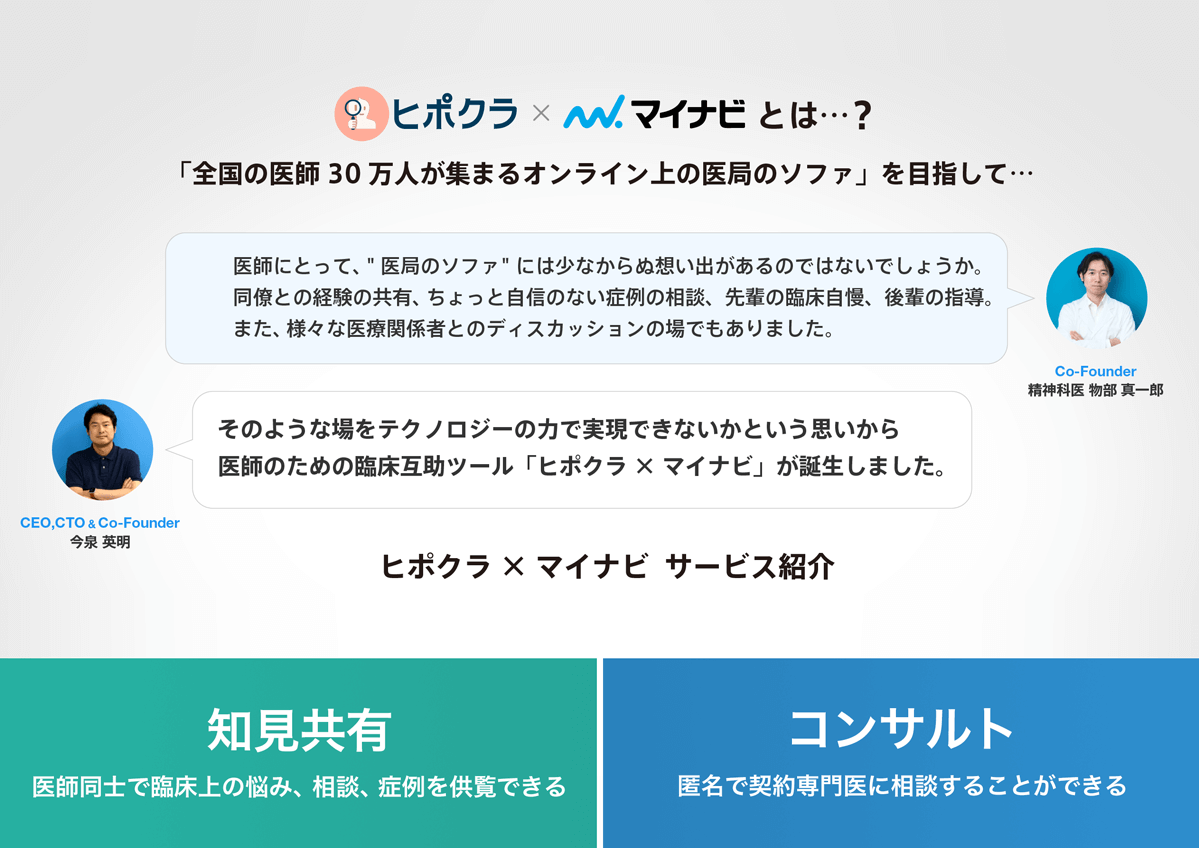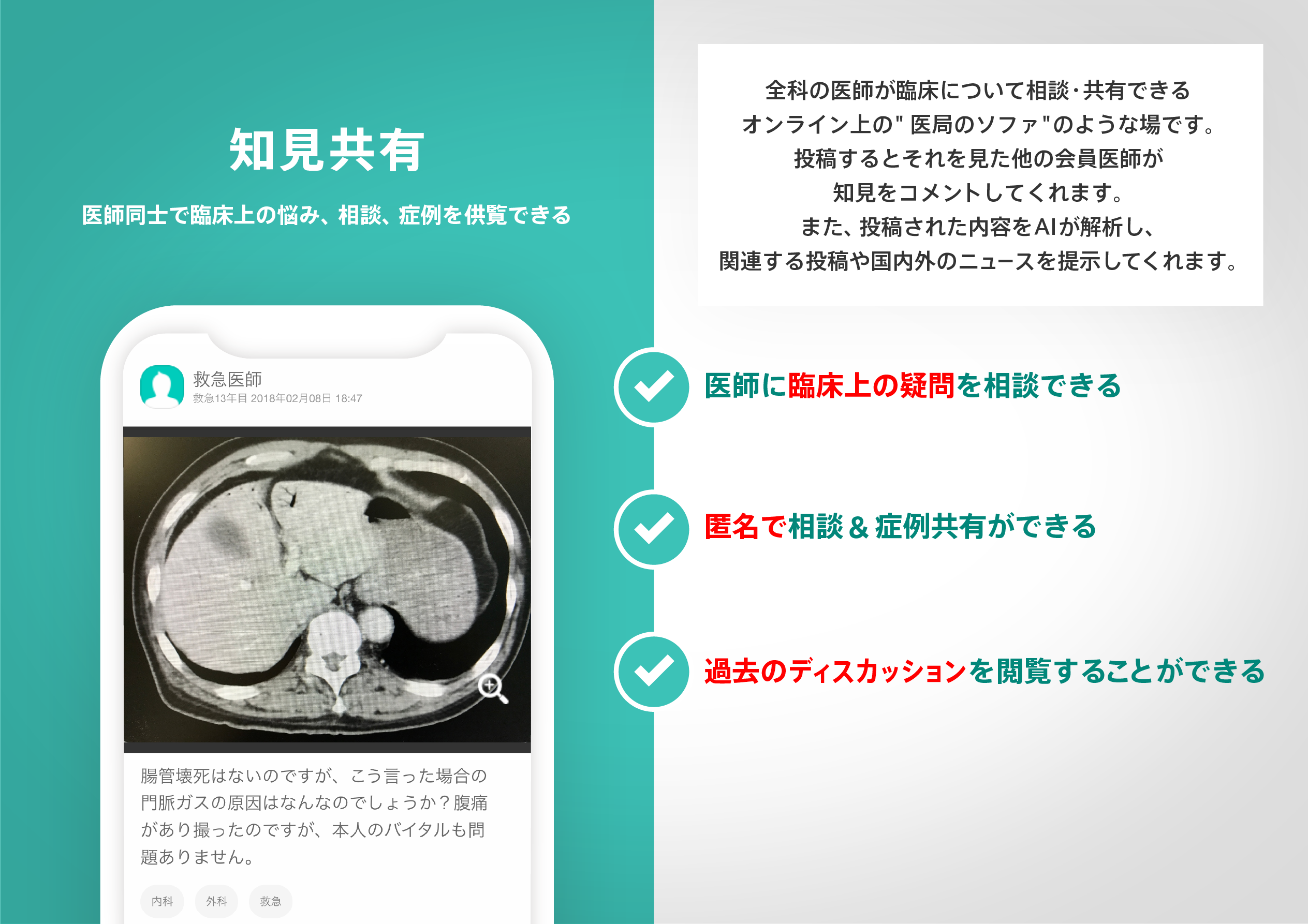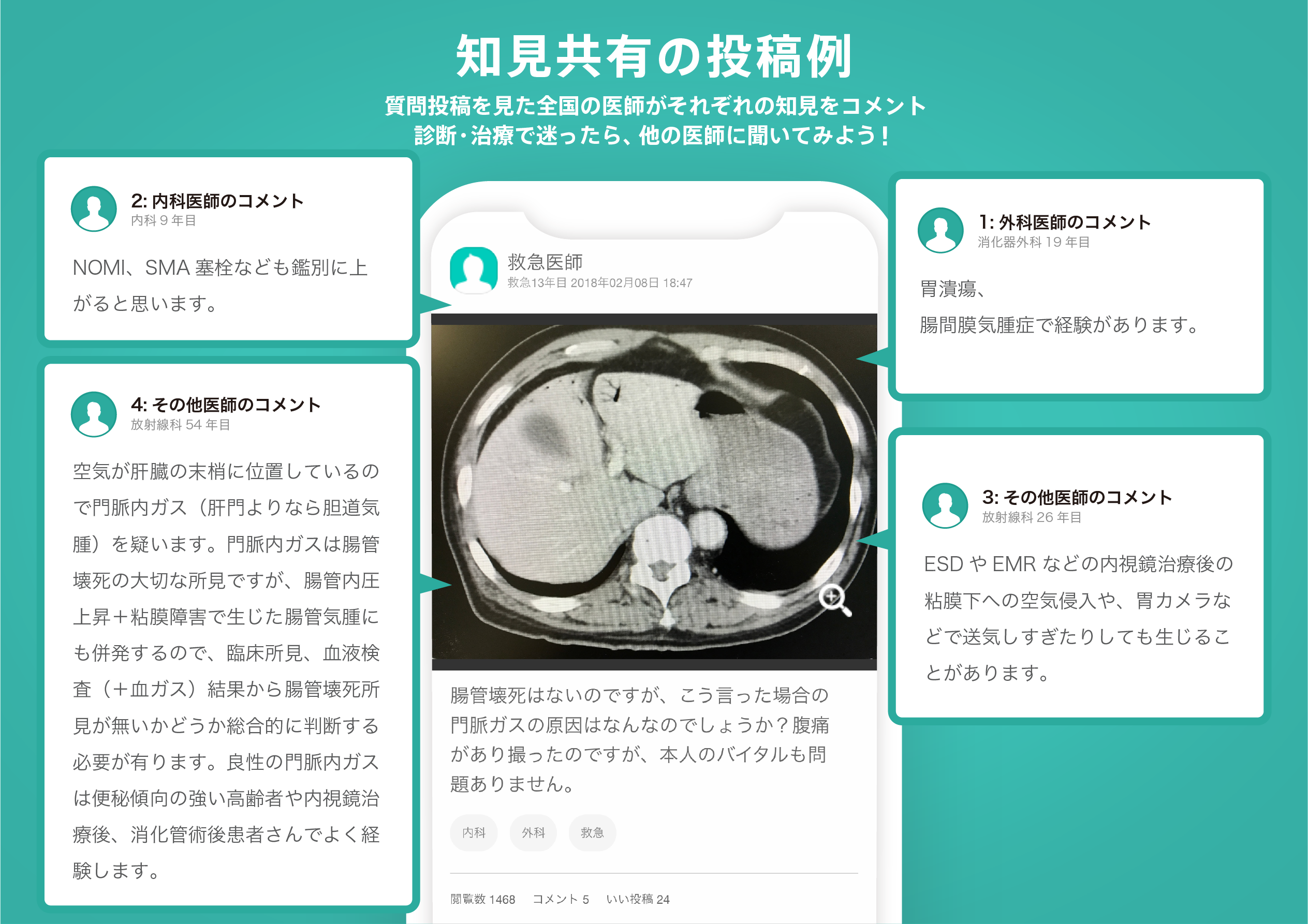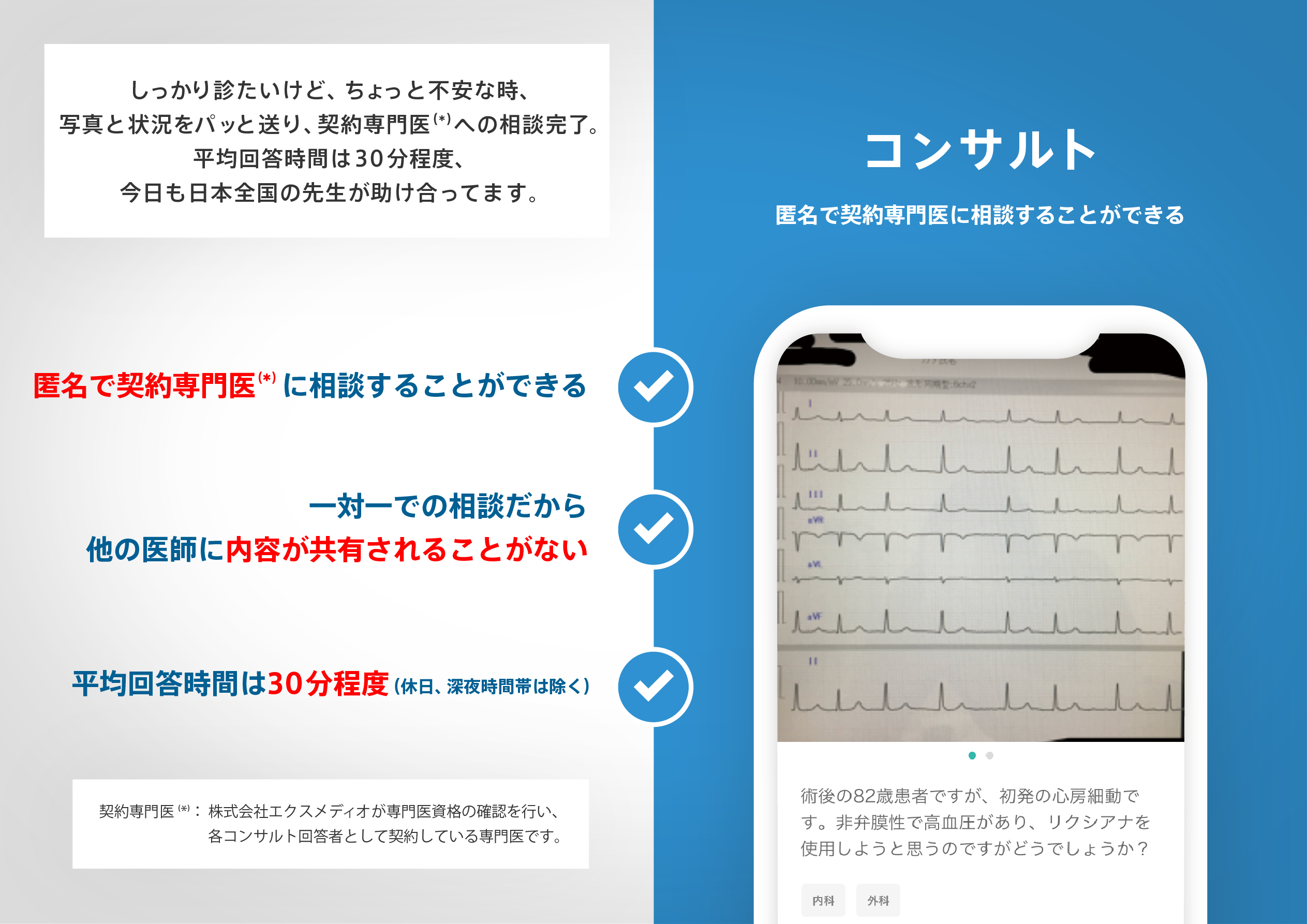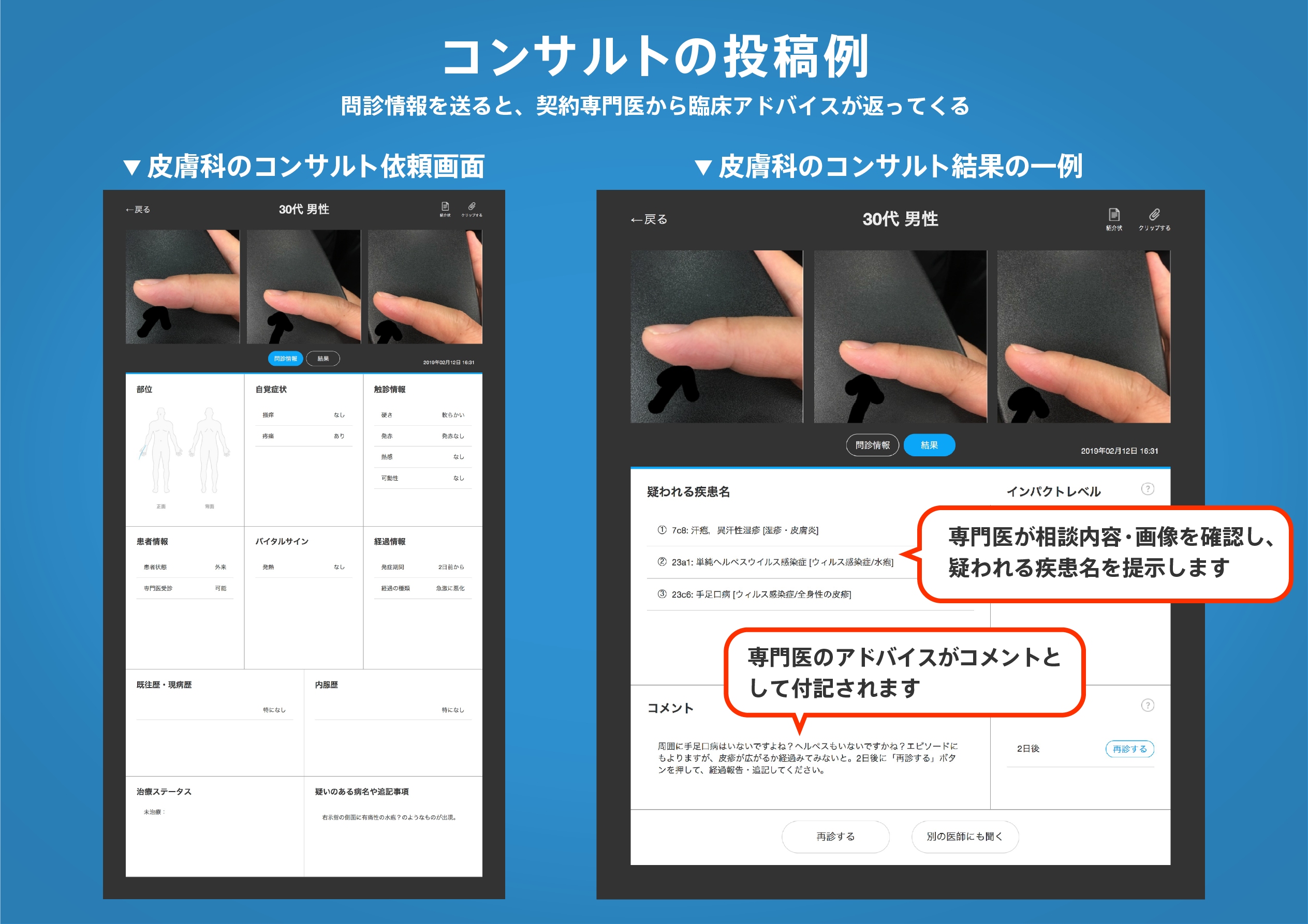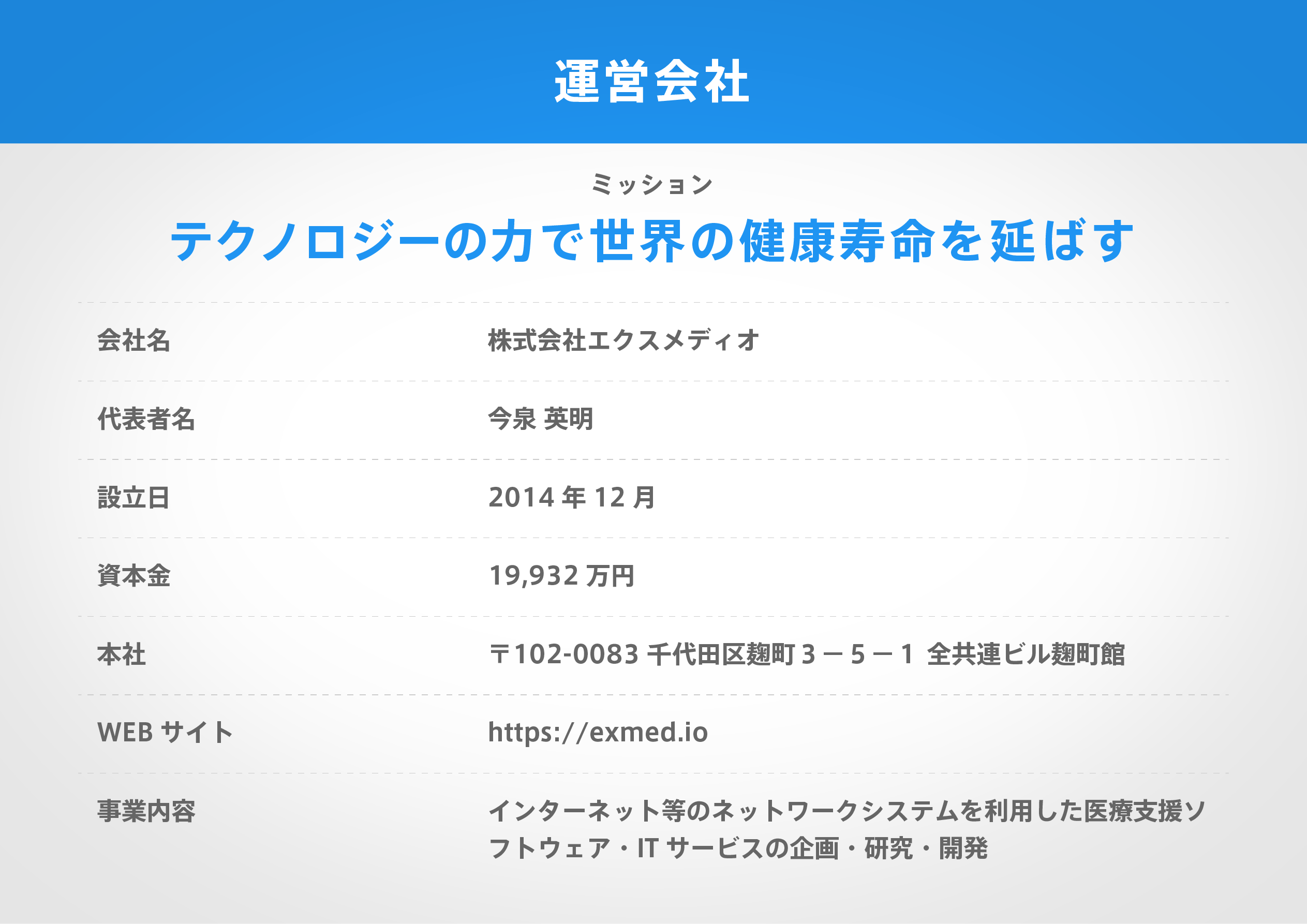著名医師による解説が無料で読めます
すると翻訳の精度が向上します
重要性:安楽死の後に臓器を寄付するオプションはよく知られていません。安楽死後に寄付された移植片による臓器移植の結果の評価は、このタイプの臓器提供の使用を正当化するために不可欠です。 目的:安楽死後に寄付された移植片を含む肝臓移植(LTS)の結果を評価する(循環死のタイプV [DCD-V])。 設計、設定、および参加者:この遡及的な多施設コホート研究では、オランダとベルギーのほとんどの移植センターの医療記録とLTデータを分析しました。DCD-Vグラフトを搭載したすべてのLTは、2018年7月1日まで、安楽死プログラム(2012年9月2012年9月、2005年1月ベルギーでは2005年1月)から行われました。DCD-III移植を受けた患者の比較コホートも分析されました。両方のコホートのすべての患者は、少なくとも1年間フォローアップされました。データ分析は、2019年9月から2019年12月まで行われました。 曝露:DCD-V移植またはDCD-III移植のいずれかを伴う肝臓移植。 主な結果と尺度:主要な結果は、LT後の1、3、および5年のレシピエントと移植生存率でした。二次的な結果には、LT後1年以内に術後合併症(早期同種移植片機能障害、肝動脈血栓症、および非療法胆管狭窄)が含まれていました。 結果:DCD-Vグラフトを備えた47 LTSのコホートの中で、25人の臓器提供者(53%)が女性で、中央値(四分位範囲[IQR])年齢は51歳(44-59)でした。DCD-IIIグラフトを備えた542 LTSのコホートの中で、335人の臓器提供者(62%)が男性で、年齢の中央値は49歳(37-57)でした。中央値(IQR)のフォローアップは3.8(2.1-6.3)年でした。DCD-Vコホートでは、30人の受信者(64%)が男性で、年齢の中央値は56歳(48-64)でした。DCD-Vコホートでのレシピエントの生存率は、1年で87%、3年で73%、LT後5年で66%でした。レシピエントの移植片生存率は、1年で74%、3年で61%、LT後5年で57%でした。これらの生存率は、DCD-IIIコホートの生存率と統計的に有意な差はありませんでした。術後合併症の発生率は、グループ間で違いはありませんでした。たとえば、LT後の早期同種移植機能障害の発生は、DCD-Vコホートで13(31%)、DCD-IIIコホートで219(45%)であることがわかりました。LTがDCD-Vコホートで7(15%)、DCD-IIIコホートで83(15%)であることがわかった後の非根性胆管狭窄の発生。 結論と関連性:このコホート研究の結果は、DCD-V移植片を持つLTがDCD-III移植片を持つLTと同様の結果をもたらすことを示唆しています。したがって、安楽死の後に寄付された移植片は、臓器ドナープールを増やすための正当な選択肢である可能性があります。ただし、これらの寄付からの移植片は、最適なドナー選択プロセスとロジスティクスを必要とする高リスク移植片と見なされるべきです。
重要性:安楽死の後に臓器を寄付するオプションはよく知られていません。安楽死後に寄付された移植片による臓器移植の結果の評価は、このタイプの臓器提供の使用を正当化するために不可欠です。 目的:安楽死後に寄付された移植片を含む肝臓移植(LTS)の結果を評価する(循環死のタイプV [DCD-V])。 設計、設定、および参加者:この遡及的な多施設コホート研究では、オランダとベルギーのほとんどの移植センターの医療記録とLTデータを分析しました。DCD-Vグラフトを搭載したすべてのLTは、2018年7月1日まで、安楽死プログラム(2012年9月2012年9月、2005年1月ベルギーでは2005年1月)から行われました。DCD-III移植を受けた患者の比較コホートも分析されました。両方のコホートのすべての患者は、少なくとも1年間フォローアップされました。データ分析は、2019年9月から2019年12月まで行われました。 曝露:DCD-V移植またはDCD-III移植のいずれかを伴う肝臓移植。 主な結果と尺度:主要な結果は、LT後の1、3、および5年のレシピエントと移植生存率でした。二次的な結果には、LT後1年以内に術後合併症(早期同種移植片機能障害、肝動脈血栓症、および非療法胆管狭窄)が含まれていました。 結果:DCD-Vグラフトを備えた47 LTSのコホートの中で、25人の臓器提供者(53%)が女性で、中央値(四分位範囲[IQR])年齢は51歳(44-59)でした。DCD-IIIグラフトを備えた542 LTSのコホートの中で、335人の臓器提供者(62%)が男性で、年齢の中央値は49歳(37-57)でした。中央値(IQR)のフォローアップは3.8(2.1-6.3)年でした。DCD-Vコホートでは、30人の受信者(64%)が男性で、年齢の中央値は56歳(48-64)でした。DCD-Vコホートでのレシピエントの生存率は、1年で87%、3年で73%、LT後5年で66%でした。レシピエントの移植片生存率は、1年で74%、3年で61%、LT後5年で57%でした。これらの生存率は、DCD-IIIコホートの生存率と統計的に有意な差はありませんでした。術後合併症の発生率は、グループ間で違いはありませんでした。たとえば、LT後の早期同種移植機能障害の発生は、DCD-Vコホートで13(31%)、DCD-IIIコホートで219(45%)であることがわかりました。LTがDCD-Vコホートで7(15%)、DCD-IIIコホートで83(15%)であることがわかった後の非根性胆管狭窄の発生。 結論と関連性:このコホート研究の結果は、DCD-V移植片を持つLTがDCD-III移植片を持つLTと同様の結果をもたらすことを示唆しています。したがって、安楽死の後に寄付された移植片は、臓器ドナープールを増やすための正当な選択肢である可能性があります。ただし、これらの寄付からの移植片は、最適なドナー選択プロセスとロジスティクスを必要とする高リスク移植片と見なされるべきです。
IMPORTANCE: The option of donating organs after euthanasia is not well known. Assessment of the results of organ transplants with grafts donated after euthanasia is essential to justify the use of this type of organ donation. OBJECTIVES: To assess the outcomes of liver transplants (LTs) with grafts donated after euthanasia (donation after circulatory death type V [DCD-V]), and to compare them with the results of the more commonly performed LTs with grafts from donors with a circulatory arrest after the withdrawal of life-supporting treatment (type III [DCD-III]). DESIGN, SETTING, AND PARTICIPANTS: This retrospective multicenter cohort study analyzed medical records and LT data for most transplant centers in the Netherlands and Belgium. All LTs with DCD-V grafts performed from the start of the donation after euthanasia program (September 2012 for the Netherlands, and January 2005 for Belgium) through July 1, 2018, were included in the analysis. A comparative cohort of patients who received DCD-III grafts was also analyzed. All patients in both cohorts were followed up for at least 1 year. Data analysis was performed from September 2019 to December 2019. EXPOSURES: Liver transplant with either a DCD-V graft or DCD-III graft. MAIN OUTCOMES AND MEASURES: Primary outcomes were recipient and graft survival rates at years 1, 3, and 5 after the LT. Secondary outcomes included postoperative complications (early allograft dysfunction, hepatic artery thrombosis, and nonanastomotic biliary strictures) within the first year after the LT. RESULTS: Among the cohort of 47 LTs with DCD-V grafts, 25 organ donors (53%) were women and the median (interquartile range [IQR]) age was 51 (44-59) years. Among the cohort of 542 LTs with DCD-III grafts, 335 organ donors (62%) were men and the median (IQR) age was 49 (37-57) years. Median (IQR) follow-up was 3.8 (2.1-6.3) years. In the DCD-V cohort, 30 recipients (64%) were men, and the median (IQR) age was 56 (48-64) years. Recipient survival in the DCD-V cohort was 87% at 1 year, 73% at 3 years, and 66% at 5 years after LT. Graft survival among recipients was 74% at 1 year, 61% at 3 years, and 57% at 5 years after LT. These survival rates did not differ statistically significantly from those in the DCD-III cohort. Incidence of postoperative complications did not differ between the groups. For example, the occurrence of early allograft dysfunction after the LT was found to be 13 (31%) in the DCD-V cohort and 219 (45%) in the DCD-III cohort. The occurrence of nonanastomotic biliary strictures after the LT was found to be 7 (15%) in the DCD-V cohort and 83 (15%) in the DCD-III cohort. CONCLUSIONS AND RELEVANCE: The findings of this cohort study suggest that LTs with DCD-V grafts yield similar outcomes as LTs with DCD-III grafts; therefore, grafts donated after euthanasia may be a justifiable option for increasing the organ donor pool. However, grafts from these donations should be considered high-risk grafts that require an optimal donor selection process and logistics.
医師のための臨床サポートサービス
ヒポクラ x マイナビのご紹介
無料会員登録していただくと、さらに便利で効率的な検索が可能になります。

